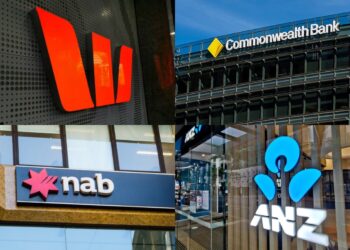While the global high-yield market remains positive, experts with a Morgan Stanley subsidiary have explained that only a very selective investment approach can capture remaining spread-tightening opportunities and limit downside risk.
“The global developed economy is on a resurgent trajectory, corporate fundamentals have improved dramatically and central bank policy remains accommodative,” Kelley Baccei Gerrity, high-yield portfolio manager and Will Reardon, institutional portfolio manager at Eaton Vance said.
They, however, flagged critical factors that could weigh on the market, including tight average valuations, the changing impulse of liquidity, the threat of persistent inflation, and COVID variant uncertainty.
Largely Delta variant-related threats to global reopening have pushed the CBOE Volatility Index to US$18.69 in the past three months – with a high of US$22.50 seen on 19 July.
Despite this, average bond valuations have priced in much good news.
Namely, highlighting the US high-yield market, as represented by the ICE BofA US High Yield Index, the pair noted the average spread to worst (STW) reached a 14-year tight (318 basis points) on 30 June widening only modestly to 345 basis points (bps), by 31 July.
In Australia, there has been similar positivity for high-yield bonds – the S&P Australia High Yield Corporate Bond Index has seen a return of 11.38 per cent over the last year, sitting at $184.39 as of Friday.
“Putting all that together, we believe it prudent at this juncture to reduce risk on the margin, edge up the capital structure, lower duration exposure, and adopt a very selective, watchful approach to the market,” Ms Gerrity and Mr Reardon said.
In evaluating where key investment opportunities lie, the portfolio managers outlined five key products. The pack leader being the “rising stars” – select bonds that are on a clear path towards investment-grade ratings. According to the pair, the rising stars flourished in the first half of 2021, racking up $19.5 billion relative to the $2.6 billion clocked by the “fallen angels”.
As such, the pair indicated that as the spread differential between BB and BBB-rated bonds remains wide of the long-term average there is further space for attractive spread compression.
Secondly, the pair pinpointed ongoing value among select radio broadcasters, cruise lines and other players in the leisure industry, home builders, and entertainment and film companies. However, they emphasised the need for caution as Delta concerns threaten to derail this.
Next up they highlighted pent-up demand for M&A, with potential targets said to lie in managed care, environmental and exploration and production sectors. According to Ms Gerrity and Mr Reardon acquisition financing could account for a heavy percentage of primary volume in the market for the balance of the year.
The fourth product on their watchlist is term loans, with the pair noting loan issuance remains robust with select floating-rate loans offering compelling relative value.
Finally, they advised that investors should keep an eye on certain segments of the energy sector. The pair advised that they do not expect OPEC+ to maintain supply discipline should the price of oil climb or even stabilise near current levels.
“However, we believe the oil supply response in the United States is likely to be muted in view of domestic public policy, shareholder activism, calls for capital conservatism and the growing ‘fossil-free’ trend among large public pension plans,” the pair concluded.







